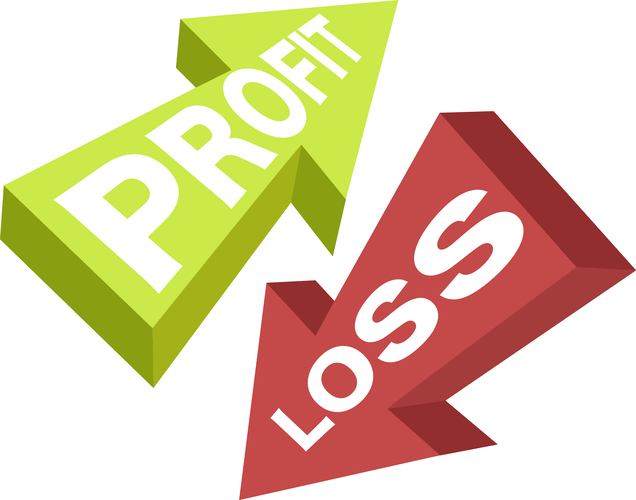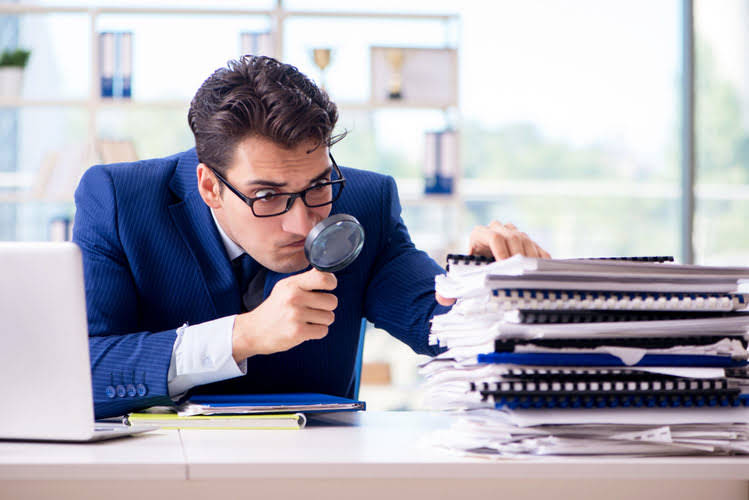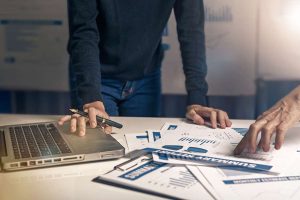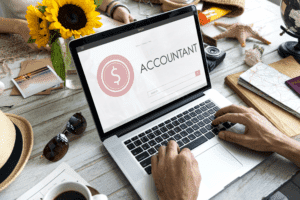
Depreciation is a non-cash expenditure that decreases the company’s net profits and is recorded on the income statement. Though plant assets are sometimes seen as expensive, not all have the same value or are prioritized by a company. A plant asset is any asset that can be utilized to produce revenue for your company.
Plant Assets in Financial Statements

Revaluations every three to five years are permissible in most other circumstances, according to IFRS. Land can be purchased by a start-up company for a single site, but a bigger company can possess several types of land that serve diverse functions for the company and its subsidiaries. For example, a company purchases a new manufacturing machine for £100,000. Plant assets are initially recorded at cost plus all expenditures necessary to buy and prepare the asset for its intended use. In the end, be careful to distinguish between asset types both on the balance sheet and in practice. Founded in 1993, The Motley Fool is a financial services company dedicated to making the world smarter, happier, and richer.

What characteristics do plant assets have in common?

The Motley Fool reaches millions of people every month through our premium investing solutions, free guidance and market analysis on Fool.com, top-rated podcasts, and non-profit The Motley Fool Foundation. As for buildings, per IRS rules, non-residential buildings can be depreciated over 39 years using the Modified Accelerated Cost Recovery System (MACRS) method of depreciation. This is crucial to consider when buying land for a business since it might mean the difference between a long-term profit or loss. My Accounting Course is a world-class educational resource developed by experts to simplify accounting, finance, & investment analysis topics, so students and professionals can learn and propel their careers. Shaun Conrad is a Certified Public Accountant and CPA exam expert with a passion for teaching. After almost a decade of experience in public accounting, he created MyAccountingCourse.com to help people learn accounting & finance, pass the CPA exam, and start their career.
Popular Resources
On the other hand, the borrowed money is the liability or obligation for the business entity. Depreciation and amortization, or the process of expensing an item over a longer period of time than when it was acquired, are calculated on a straight-line basis. It’s determined by multiplying the difference between an asset’s purchase price and its projected salvage value by the number one characteristic of plant assets is that they are: of years it’ll be in use. Plant assets, also known as property, plant, and equipment (PP&E), are tangible assets with a useful life of more than one year. As we continue to walk our way down the balance sheet, we come to noncurrent assets, the first and most significant of which is PP&E. At almost $23 billion, PP&E composes almost half of the total assets of $51 billion.
- Plant assets are deprecated over their useful lives using the straight line or double declining depreciation methods.
- The company’s top management regularly monitors the plant assets to assess any deviations, discrepancies, or control requirements to avoid misuse of the plant assets and increase the utility.
- Depreciation expense — calculated in several different ways — is then carried through to the income statement and reduces net income.
- Naturally, the initial purchase of the plant asset would be an outflow of cash, any subsequent sales would be a cash inflow.
It is the efficient use of these resources that in many cases determines the amount of profit corporations will earn. These assets are significant for any business entity because they’re necessary for running operations. Besides, there is a heavy investment involved to acquire the plant assets for any business entity. The company’s top management regularly monitors the plant assets to assess any deviations, discrepancies, or control requirements to avoid misuse of the plant assets and increase the utility.
Tom’s Machine Shop is a factory that machines fine art printing presses. One of the CNC machines broke down and Tom purchases a new machine for $100,000. The bookkeeper would record the transaction by debiting the plant assets account for $100,000 and crediting the cash account for the same.
- After almost a decade of experience in public accounting, he created MyAccountingCourse.com to help people learn accounting & finance, pass the CPA exam, and start their career.
- If you picture a business as a process that creates wealth for the owners, PP&E are the physical machine.
- Instead, a part of the cost is periodically charged to the expense account to depreciation the plant assets.
- Industries like heavy shipping or oil extraction stand to employ a greater percentage of plant assets than industries like software, in which teams may be remote and sometimes globally distributed.
- When researching companies, the financial statement is a great place to start.
- The Ascent, a Motley Fool service, does not cover all offers on the market.

Since these assets produce benefits for more than one year, they are capitalized and reported on the balance sheet as a long-term asset. This means when a piece of equipment is purchased an expense isn’t immediately recorded. Any land maintenance, improvement, renovations, or construction to increase building operations or revenue generation capacity are also recorded as part of the plant assets. Depreciation expenditures, on the other hand, are the appropriate part of the cost of a company’s fixed assets for the time period.
- As we continue to walk our way down the balance sheet, we come to noncurrent assets, the first and most significant of which is PP&E.
- It’s crucial to recognize which of your assets are plant assets, regardless of their worth.
- A new press technology has just launched in the market, and the company owner decided to acquire the machine.
- This division of cost establishes the proper balances in the appropriate accounts.
- Acquisition cost also includes the repair and reconditioning costs for used or damaged assets as longs as the item was not damaged after purchase.
- The total cost, including shipping and installation, comes to £110,000.
- Many business entities use different depreciation methods for financial reporting and tax purposes.
This can help provide accurate financial information if the market for plant assets is unusually volatile. When a company acquires a plant asset, accountants record the asset at the cost of acquisition (historical cost). When a plant asset is purchased for cash, its acquisition cost is simply the agreed on cash price.
This cost would be capitalised and added to the asset’s book value on the balance sheet. These assets are held by businesses for use in the production or supply of goods and services, for rental to others, or for administrative purposes. https://www.bookstime.com/articles/how-to-calculate-salvage-value If you picture a business as a process that creates wealth for the owners, PP&E are the physical machine. Left by themselves, PP&E just sit there, but put into action by people with energy and purpose, they become a money-making machine.









